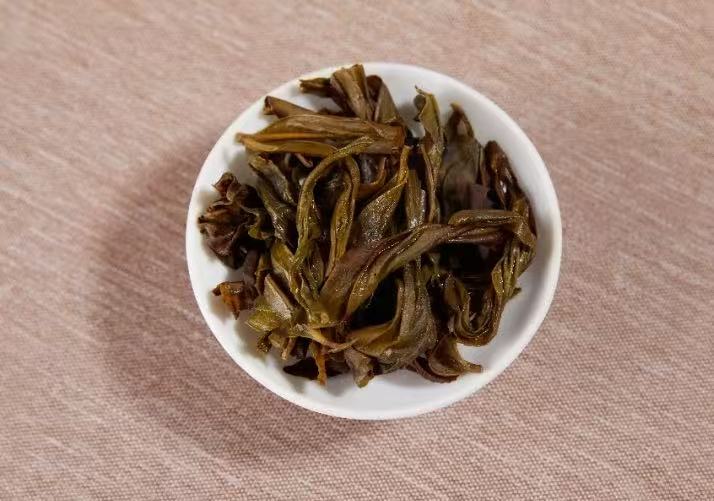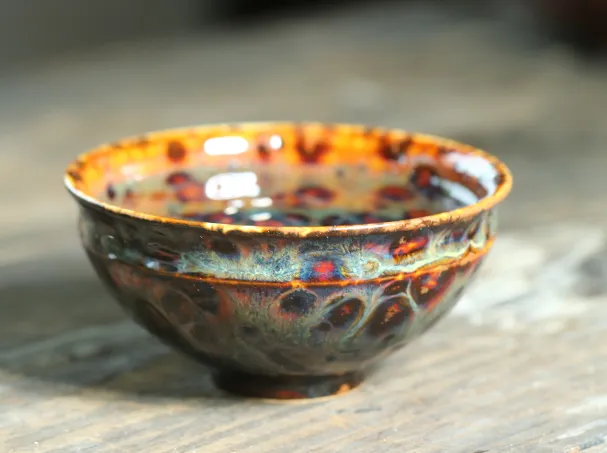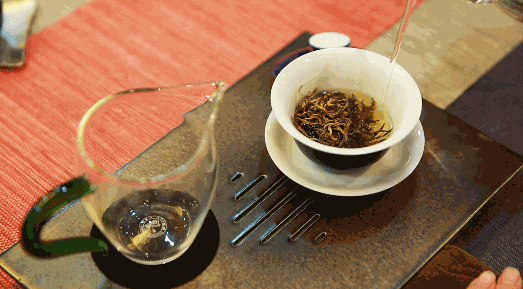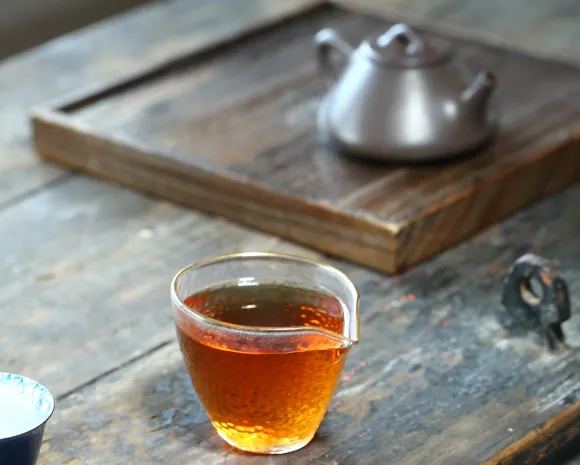Fujian, Guangdong and Taiwan are the three major oolong tea producing areas in China, of which Phoenix Town in Chaozhou is the main producing area in Guangdong.
Before the 1980s, Phoenix Town mainly carried out “single plant cultivation and management”, “single plant picking”, “single plant production”, and the tea made was called “Phoenix monocotyledon”. “Single plant sales”, so it is called “Phoenix monocotyledon”.
Phoenix monocotyledon has always been “a tree, a fragrance” of the characteristics, so there are many types of aroma. Many tea lovers also drink monocotyledon to guess the aroma type for fun, but often very few people can really guess.
But there is an aroma, I believe we have heard, drink will remember. It is – duck shit fragrance.
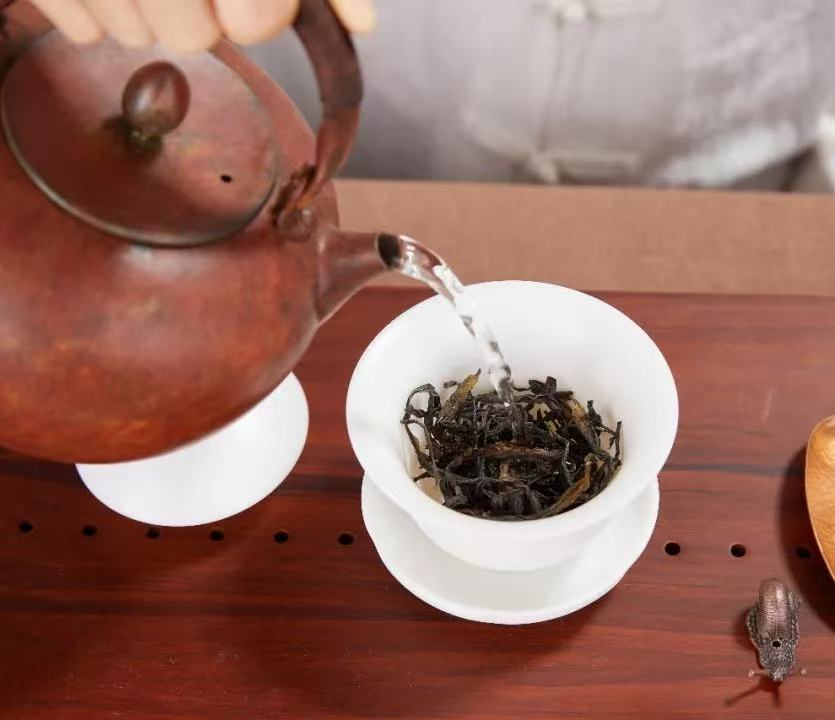
Why is it called “Duck Poop Fragrance” is a question that every tea lover will mention. Where does this grounded name come from?
There are two ways of saying, one is that this variety of tea, planted in a local yellow soil, this soil is commonly known as “duck shit soil”, and breeding such a unique taste quality characteristics, so tea farmers directly named this.
Secondly, is a tea farmer, in the countryside people drank this tea, was evaluated tea aroma, flavor, have asked what is the famous bush, what is the aroma, and the tea farmer afraid of other people to steal, will be falsely called “duck shit incense”.
But no matter what, “duck shit incense” name has gradually spread, in phoenix local is also some expansion.
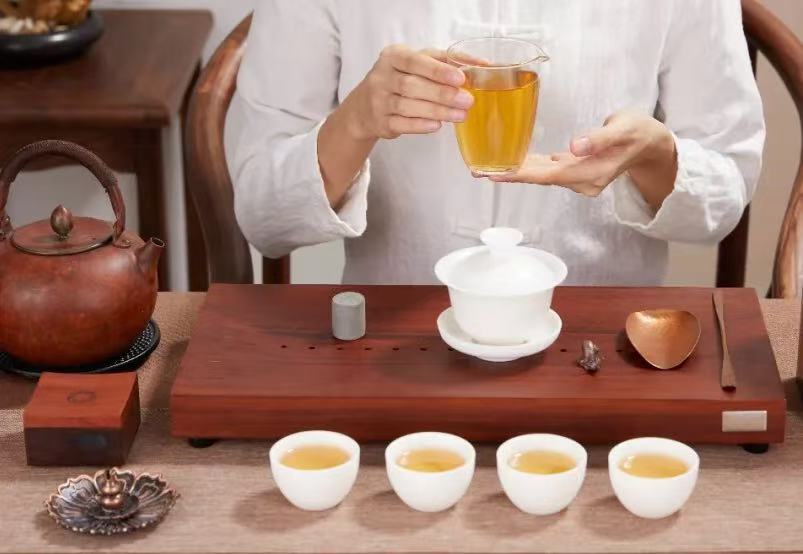
Historical tea, evolving
Phoenix Town, Chaozhou has a long history of tea production, and in the Southern Song Dynasty, the last Emperor of the Southern Song Dynasty, Zhao Bing, gave Phoenix monocotyledon the name “Song Tea”.
Many local people, for thousands of years to plant tea tea for a living, their tea, the land of the feelings of incomparably deep, passed from generation to generation, continues to this day.
Phoenix monocotyledon tea, also in the long river of history, continuous development, evolution, from the beginning of the Phoenix Narcissus group, continuous cultivation and mutation, the development of excellent single-plant, in the accumulation of years, varieties are increasingly rich.
At present, only from the division of fragrance, known species up to more than 200 kinds, but there are still many unrecognized varieties are not categorized, which can be seen in the richness of the tree resources.
In order to facilitate people to recognize, in 1996 defined the Phoenix Single-Colony classic ten aroma types, but with the development of the times, there will be more excellent and effective classification mechanism is proposed to promote the development of Phoenix Single-Colony.
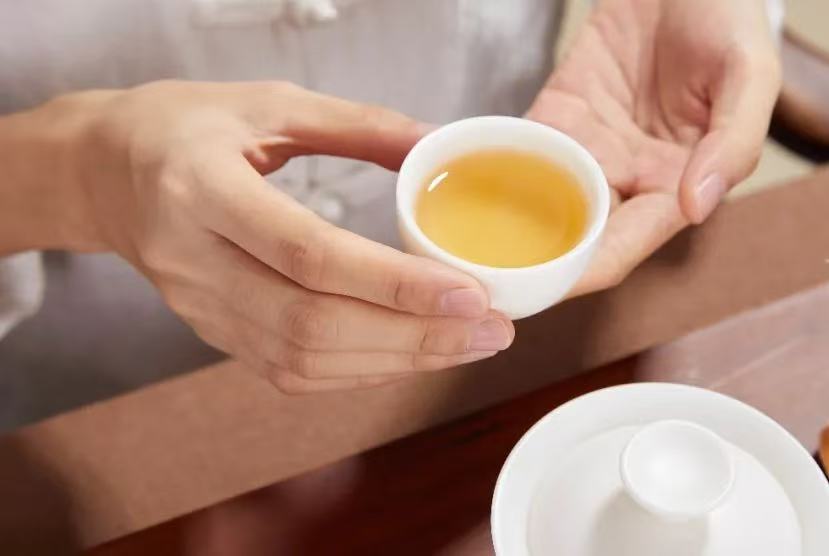
A cup of monocotyledon tea, refreshing and relieving fatigue
The richness of the aroma of mono bush tea is not unrelated to the richness of its own contents, mono bush tea has great benefits for the human body.
There is a rich content of caffeine in the tea, usually drink a cup of tea in the afternoon, can be refreshed and revitalized, vigor in the afternoon.
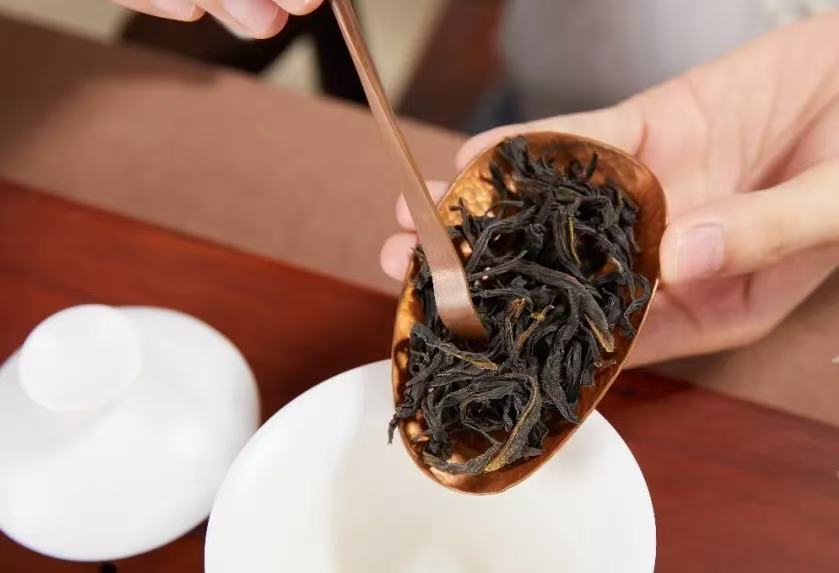
Lift the pot for high brewing, rapid soup production
Good brewing is the only way to produce good tea. It is recommended to use gaiwan or hand-pulled pot for brewing.
Amount of tea: varies according to personal preference, 7-8g is generally recommended;
Brewing water temperature: 100℃ boiling water is preferred;
Brewing method: lifting the pot and brewing high, so that the aroma of the tea leaves can be fully released and the quality of the flavor can be enhanced.
Fast soup, in order to ensure a better quality of tea soup, the brewing speed should be fast, so that the tea soup is not bitter and astringent, better tasting effect.
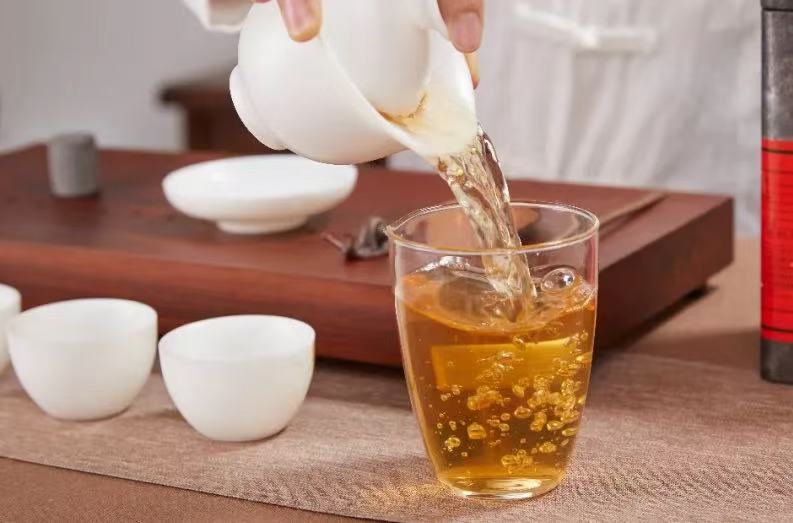
Strict standards, traditional handmade
The aroma of monocotyledon is more attributed to its rigorous processing technology.
This duck shit fragrance, by the day number of adolescent family traditional craft control into, adhere to the traditional methods, ancient carbon roasting, the whole process of handmade, giving it a high sharp and elegant floral flavor, as well as smooth and sweet taste, such a good tea must be tasted to know that it’s good.
The dry tea is yellowish brown in color, and the strands are even and straight;
The tea broth is bright orange and yellow, clean and clear, and exudes a rich floral aroma under the impact of high-temperature hot water;
Taste, after strict workmanship control, the tea soup is smooth and mellow, sweet in the mouth;
The bottom of the leaf, uniform and soft, with obvious green leaves and red edges, the exquisite green craftsmanship is fully embodied.
